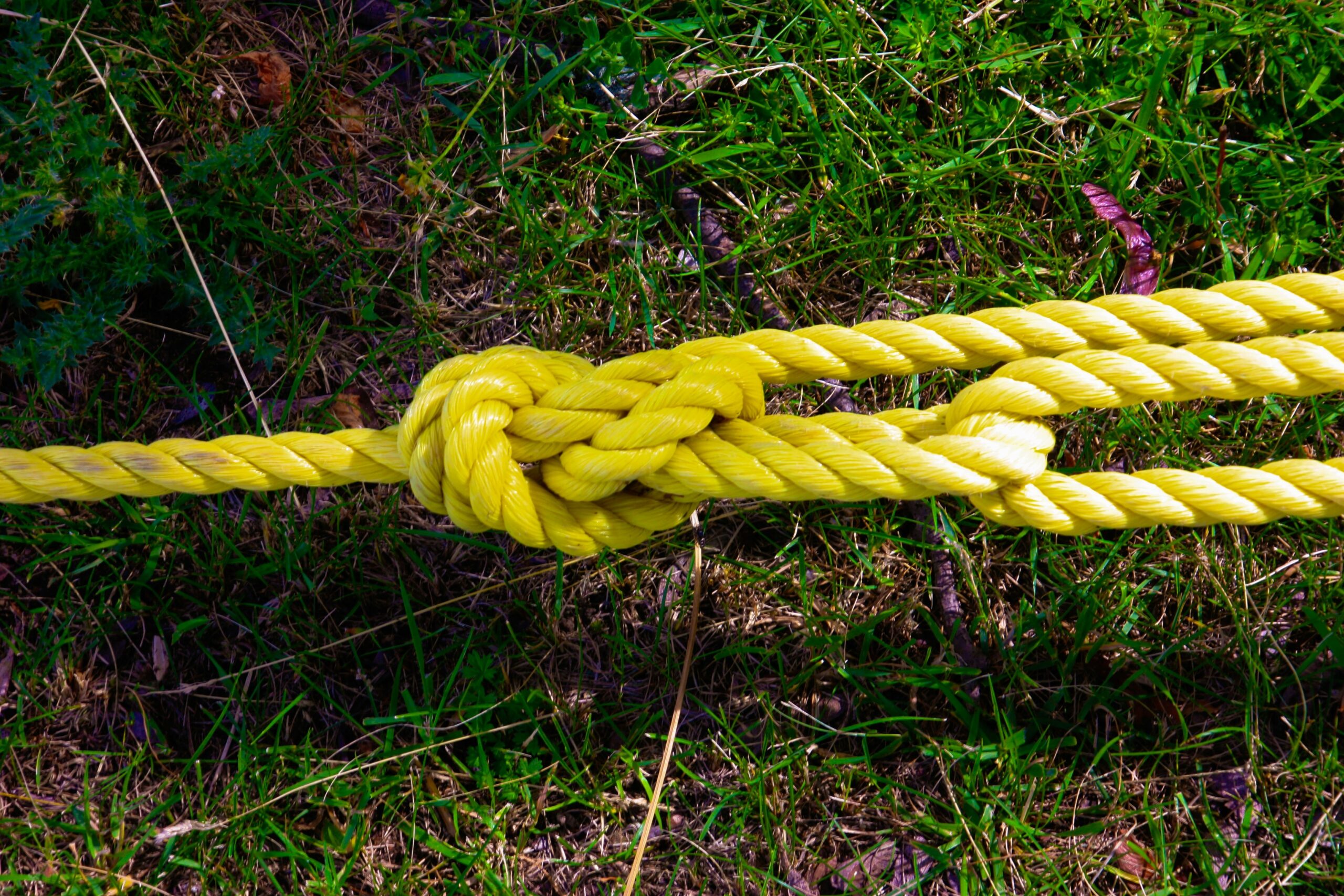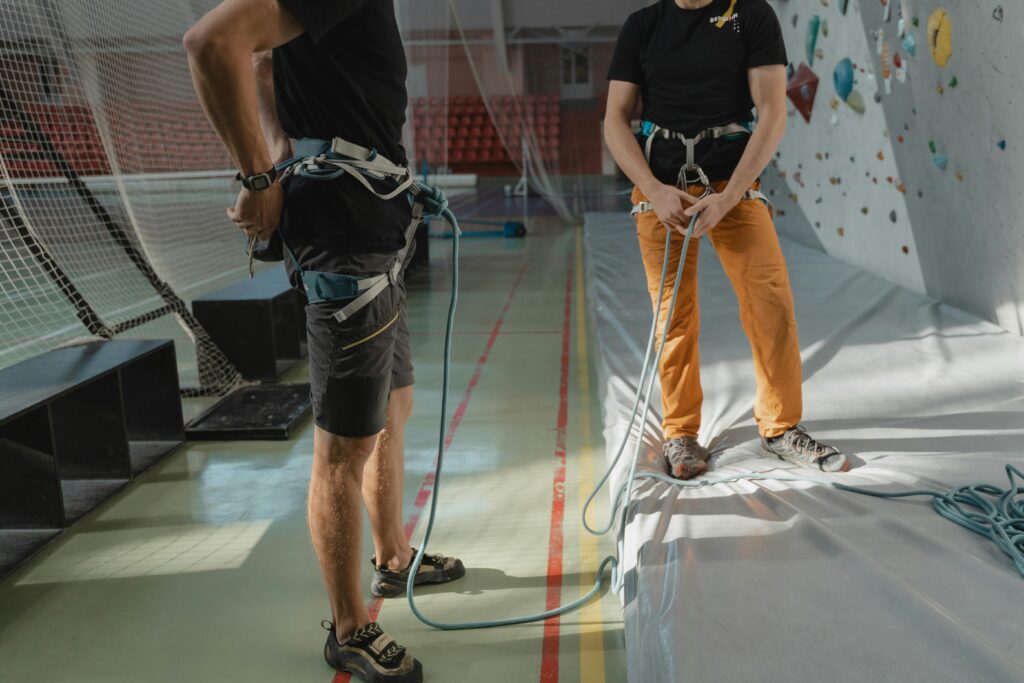Ever watched a climber take a fall and wondered why their rope stretches like a giant rubber band instead of snapping? Or maybe you’ve been handed the wrong rope for your climbing adventure and ended up frustrated, sore, or worse—dangling mid-air with questionable gear. Yeah, we’ve been there too.
In this post, we’ll dive deep into the debate between dynamic vs. static ropes, the unsung heroes of climbing safety. By the end, you’ll understand what makes these ropes so different and how to choose the right one for your climbs. You’ll also get actionable tips, real-world examples, and some brutally honest advice about when *not* to DIY your rope selection.
Table of Contents
- Key Takeaways
- What Are Dynamic and Static Ropes?
- How to Choose Between Them
- Best Practices for Using Climbing Ropes
- Real-Life Examples of Rope Failures (and Successes)
- FAQs About Climbing Ropes
- Conclusion
Key Takeaways
- Dynamic ropes stretch to absorb energy during falls, making them ideal for lead climbing.
- Static ropes are rigid and great for rappelling or rescue scenarios but unsafe for lead climbing.
- Picking the wrong rope can lead to catastrophic consequences—so don’t wing it.
What Are Dynamic and Static Ropes?
Before we get into the nitty-gritty, let’s define our players:
Dynamic Ropes
Think of dynamic ropes as the yoga instructors of the climbing world. They’re flexible, forgiving, and designed to absorb impact—like when you unexpectedly faceplant off the wall. These ropes stretch significantly to reduce force on both the climber and the anchor points, saving you from potential injuries or broken gear.

A dynamic rope in action: Notice the elongation during a fall.
Static Ropes
If dynamic ropes are yoga enthusiasts, static ropes are more like powerlifters. They barely stretch at all, which makes them perfect for situations requiring precision and rigidity—such as ascending fixed lines or hauling gear. However, using static ropes in lead climbing is a recipe for disaster, akin to trying to catch a bowling ball with dental floss.
How to Choose Between Them
Selecting the right rope isn’t just about knowing their differences; it’s about matching them to your specific needs. Let’s break it down:
When Should You Use Dynamic Ropes?
Optimist You: “Use dynamic ropes for anything that involves falling safely!”
Grumpy You: “Ugh, fine—but only after you actually learn how to tie a proper knot.”
Here are the top scenarios where dynamic ropes shine:
- Sport Climbing
- Trad Climbing
- Top-Rope Setup
- Any climb involving potential leader falls
When Do You Need Static Ropes?
Ditch the stretchiness if:
- You’re rappelling down steep terrain.
- Setting up anchors for big-wall climbs.
- Performing technical rescues or caving adventures.
But here’s the brutal truth: Static ropes should NEVER replace dynamic ropes in situations where shock absorption matters. Remember my rookie mistake—I once borrowed a static rope thinking it’d save me money. Spoiler alert: It didn’t save me anything other than embarrassment when I realized I’d nearly endangered myself.
Best Practices for Using Climbing Ropes
Ropes might look indestructible, but they need TLC too. Follow these best practices:
- Store Properly: Keep them dry, away from direct sunlight, and coiled neatly.
- Inspect Regularly: Look for frays, kinks, or chemical damage before every climb.
- Retire Old Ropes: If a rope takes a significant fall, retires gracefully—it deserves it.
Real-Life Examples of Rope Failures (and Successes)
Picture this: A climber misjudged his route and took an unexpected tumble. His dynamic rope absorbed the shock flawlessly, leaving him shaken but unharmed. Meanwhile, another climber using a static rope experienced the terrifying “whiplash effect” during a minor slip—an outcome that could’ve been avoided.

The difference between dynamic and static ropes during a fall simulation.
FAQs About Climbing Ropes
Why Can’t I Just Use One Type of Rope?
Different activities demand different properties. Using a static rope for lead climbing is asking for trouble, while a dynamic rope may lack stability for hauling gear.
How Long Do Climbing Ropes Last?
Typically, 3-5 years under normal use, less if exposed to harsh conditions or heavy wear.
Are More Expensive Ropes Always Better?
Not necessarily. Price often reflects features like durability or weight, but the right choice depends on your specific climbing style.
Conclusion
Dynamic vs. static ropes: it’s not just a niche topic—it’s life-saving knowledge. Armed with this guide, you’ll confidently navigate the climbing gear aisle without succumbing to analysis paralysis. Remember, no amount of skill or bravado can compensate for the wrong equipment.

So whether you’re chasing vertical dreams or simply enjoying a day outdoors, treat your ropes with respect—and they won’t leave you hanging. Like a Tamagotchi, your rope requires daily care. 🤙


